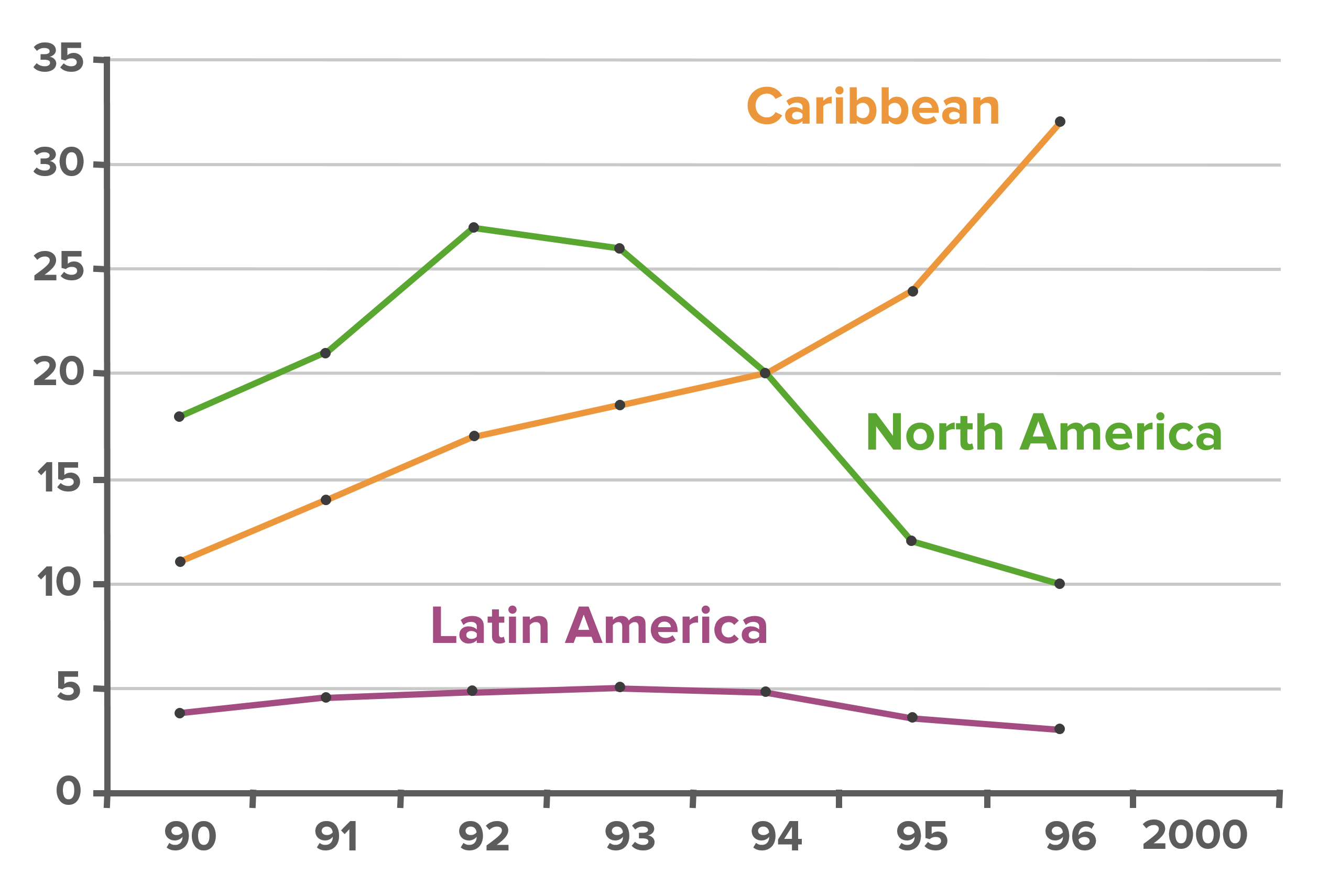Playlist
Show Playlist
Hide Playlist
Healthy Worker Effect
-
Slides 04 CausationBiasIdeaSelection Epidemiology.pdf
-
Reference List Epidemiology and Biostatistics.pdf
-
Download Lecture Overview
00:01 Now we have this thing called the healthy worker effect, which is a famous kind of selection bias. That's when we're selecting individuals from the work world, but people who work are not the same as people who don't work. If fact people who work are typically healthier than the rest of the population. This is a real problem, because if you think about where most of our mortality data comes from, it comes from working populations, as well we see something resembling the healthy donor effect when we look at blood donation. So people who donate blood are typically healthier than people who don't donate blood and a lot of our data about the prevalence of disease comes from analyzing donated blood. This is pretty important in mortality studies, the healthy worker effect is, because again, people who work are healthier than those who don't work. And if we are comparing mortality rates in different jobs to the general population, it always seems as if those majority rates aren't as bad as we think, but the general population may not be as healthy as those who work, so this is an underestimate perhaps, or an overestimate, depending upon your perspective of the effect of mortality.
About the Lecture
The lecture Healthy Worker Effect by Raywat Deonandan, PhD is from the course Statistical Biases.
Included Quiz Questions
What is the assumption that explains the “Healthy worker effect”?
- Those who work tend to be a healthy subset of the general population.
- Those who attend work on a given day are more likely to be healthy.
- Healthy workers are less likely to participate in studies.
- Those who are working tend to have more money for health-related expenses.
- People who are working are less likely to seek the services of physicians.
What type of study is most likely to be affected by the "Healthy Worker Effect"?
- Mortality studies
- Prevalence studies
- Cohort studies
- Randomized controlled trials
- Incidence studies
Customer reviews
5,0 of 5 stars
| 5 Stars |
|
5 |
| 4 Stars |
|
0 |
| 3 Stars |
|
0 |
| 2 Stars |
|
0 |
| 1 Star |
|
0 |




